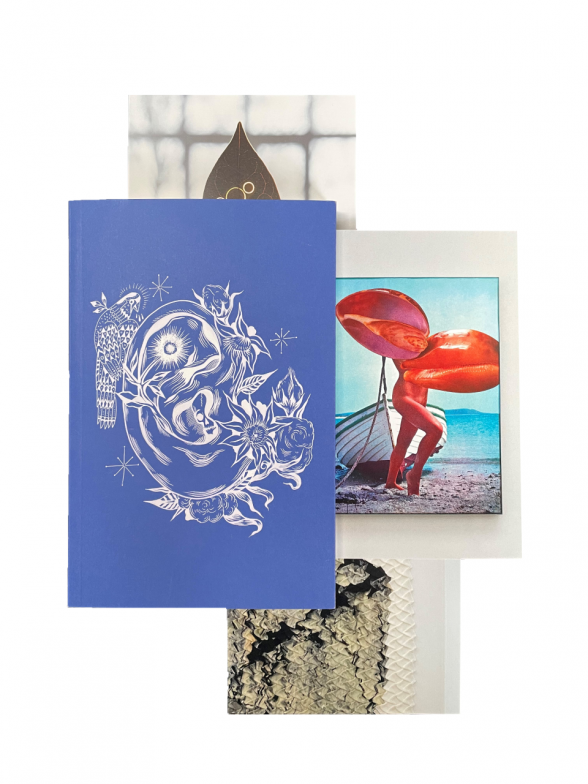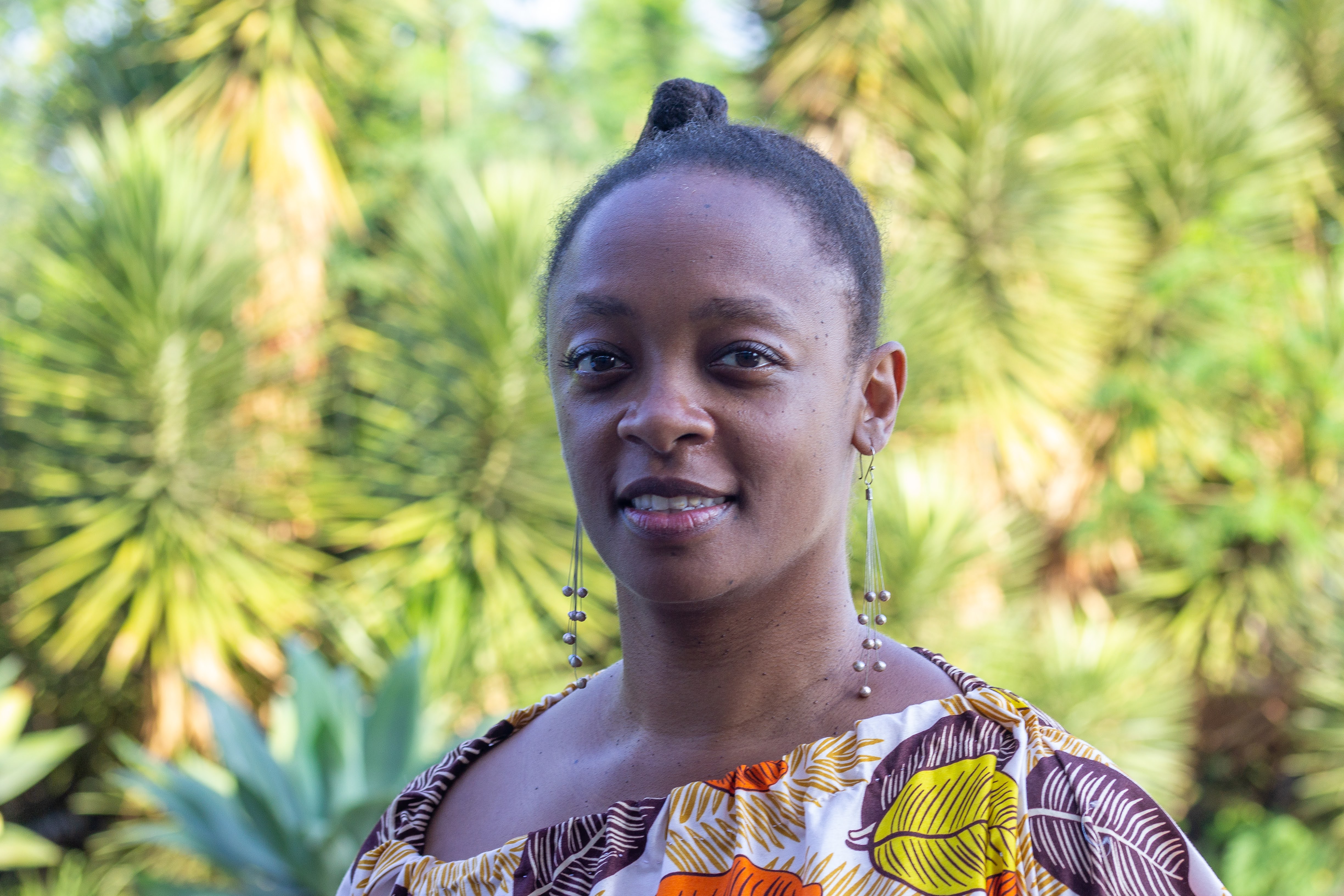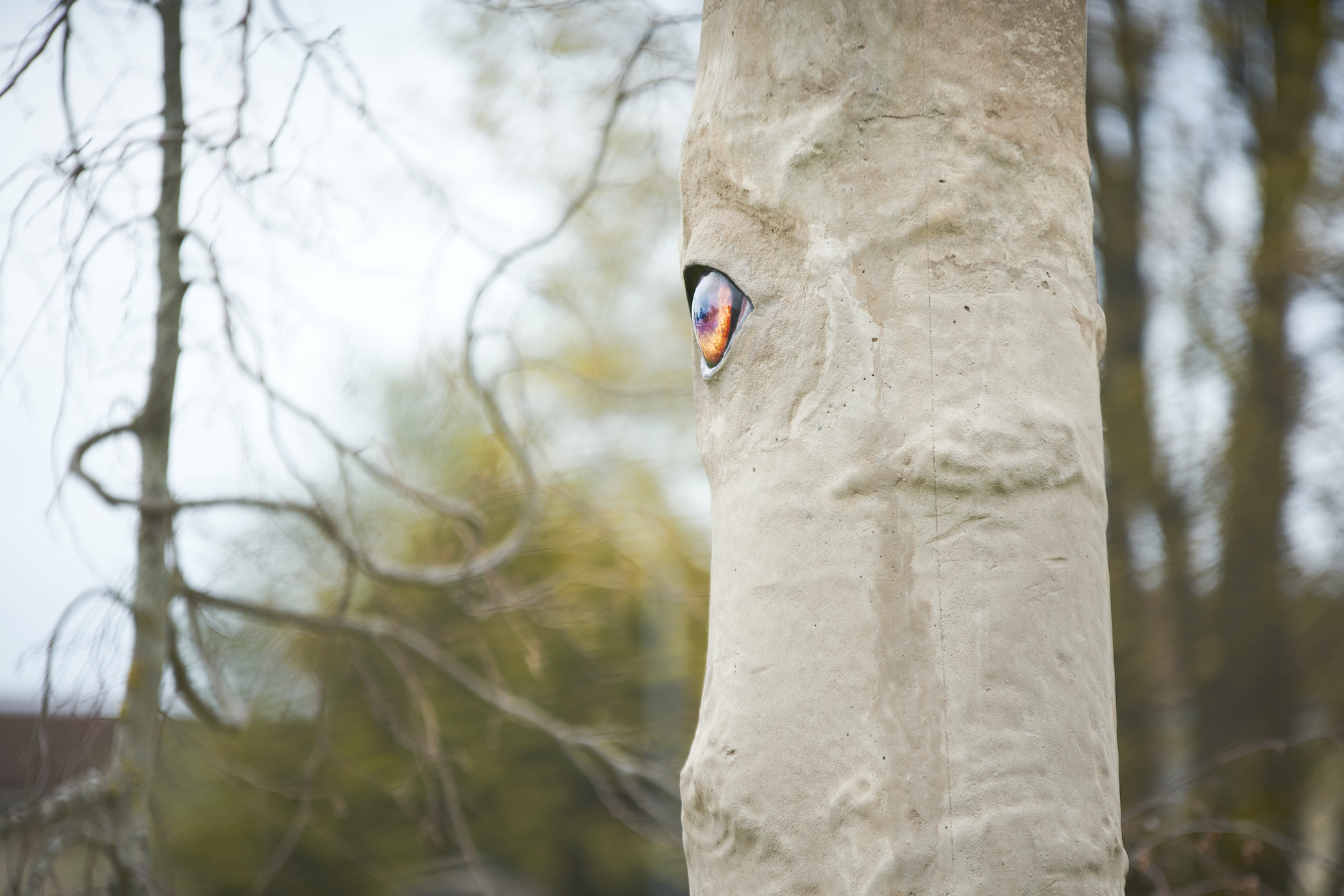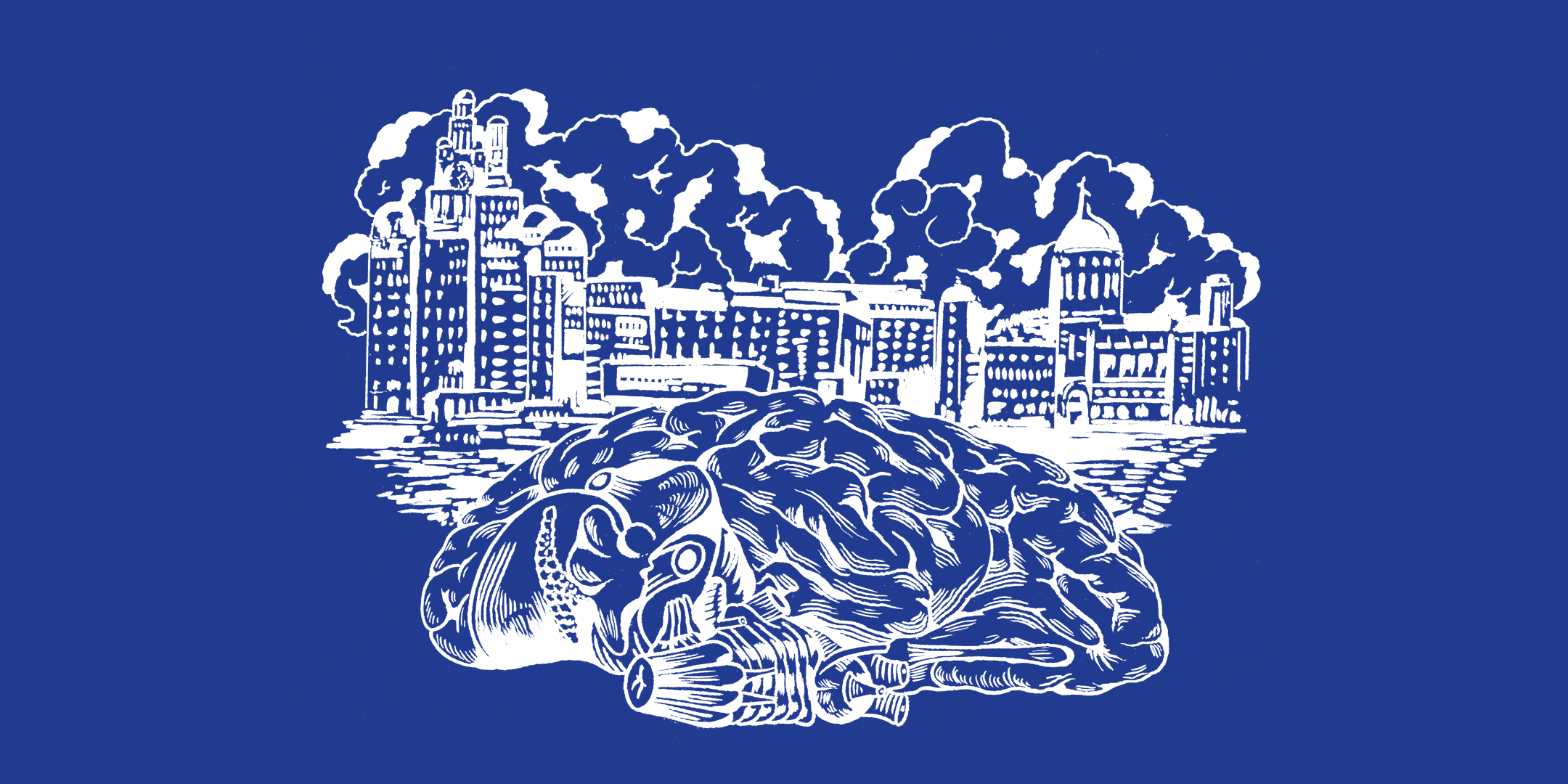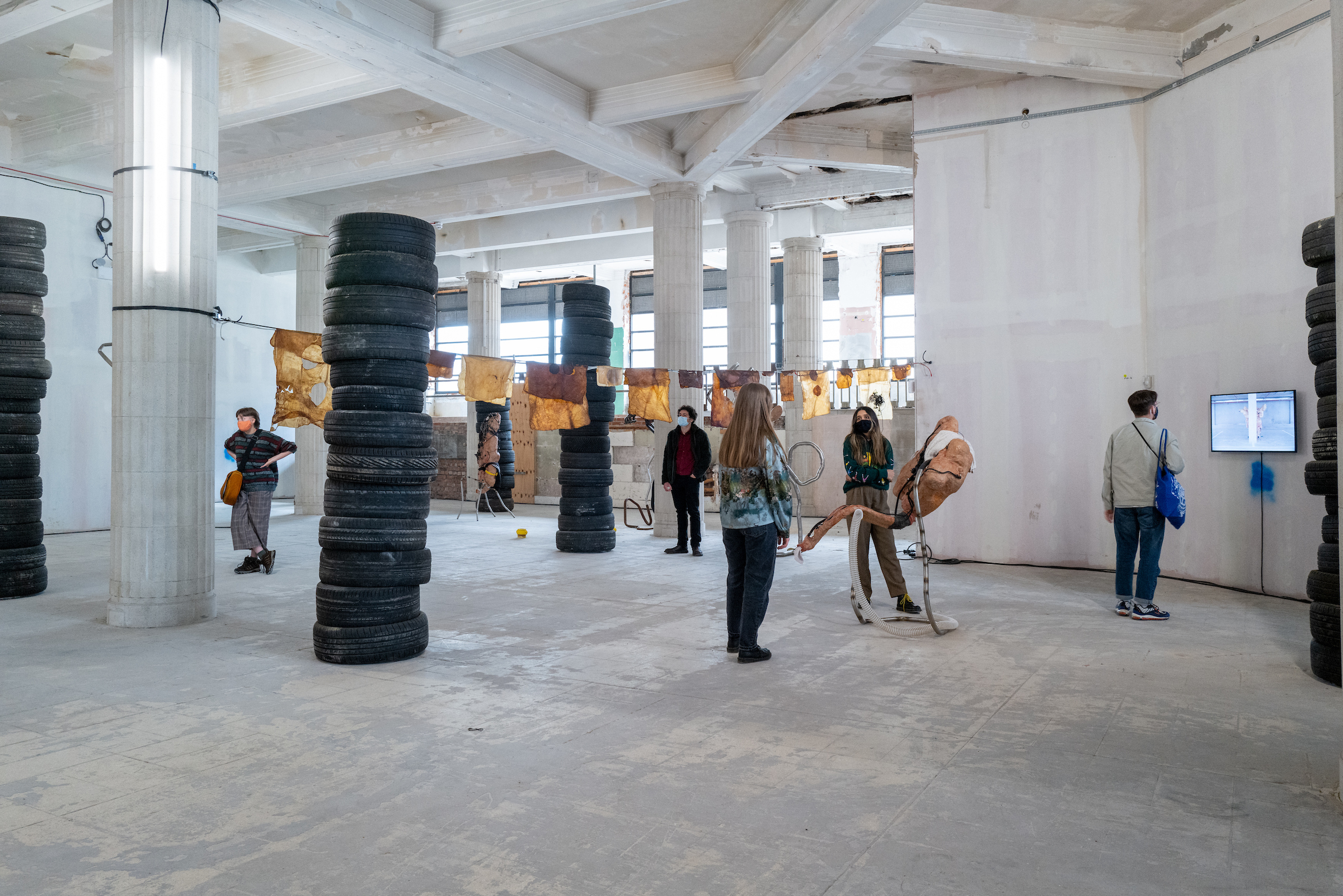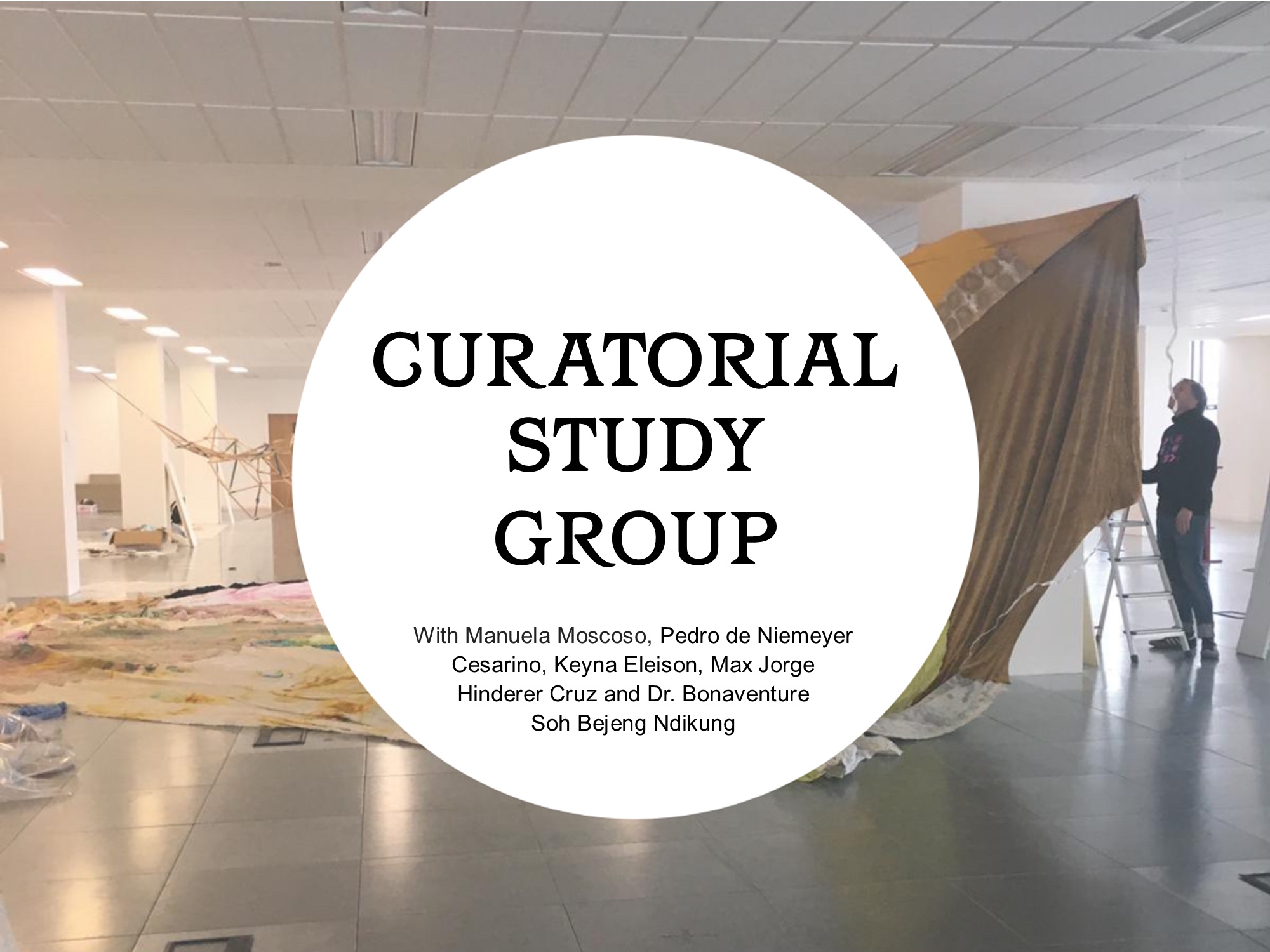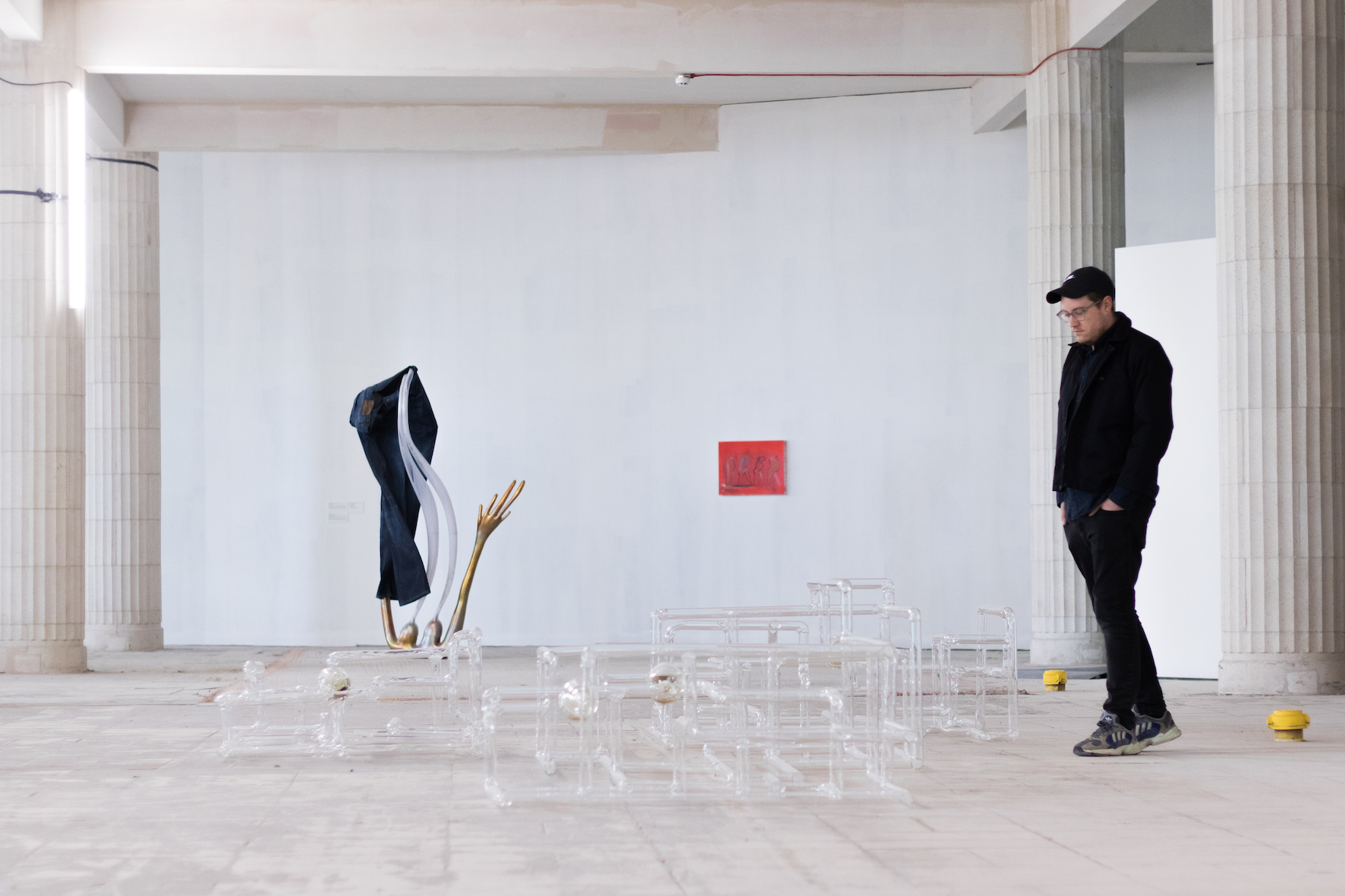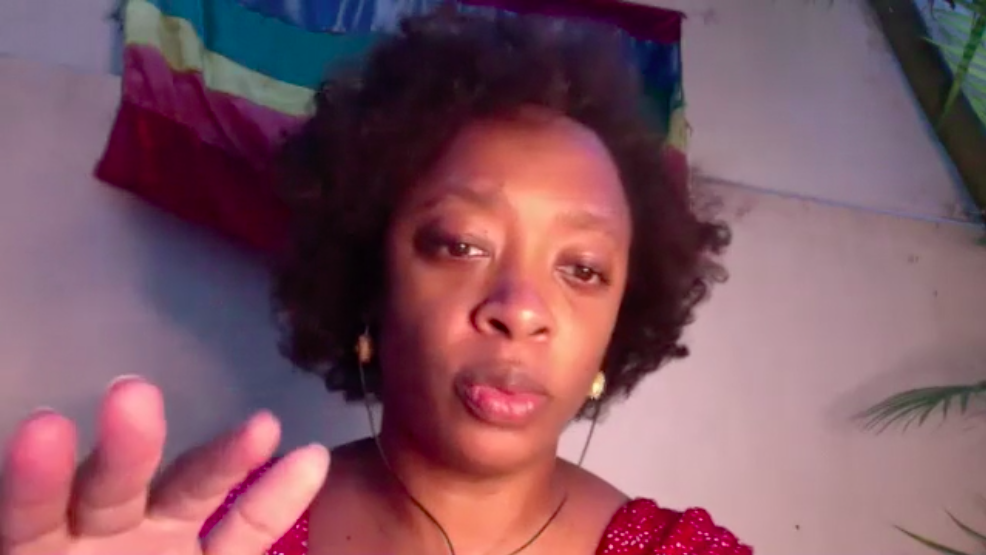Abstract from the Reader introduction by Manuela Moscoso and Keyna Eleison:
We started with a book.
Reading a book together.
Sharing a common practice during lockdown.
The practice brought a new routine into our lives. A routine that required our presence every Tuesday night, spending these evenings reading a book together. The two of us sitting in front of our screens, in Rio de Janeiro and in Liverpool. And always in the same, dedicated spaces—either in the office, or at the dinner table. Together we read the story of a relationship between an insect-like life form and a human, living in painful and erotic symbiosis.
Then an email was shared between us, and reading it again now provides a clue as to how this process of writing together began to take form:
Bright Orange: Pantone 15-1164CTCX, Mexican Pink: Pantone 17-2034 TCX, Purple Haze: Pantone 18-3718 TPG. It is as though you are listening to 1976 Mother's Earth Plantasia, a Mort Garson album, or Duo Ouro negro com Sivuca from 1988; smelling the scent of gas, oil, lavender and arak, feeling a pleasant warm weather of around 20-25 Celcius; not having salt on the food, and by feeling happy to be there.
That email brought us closer. Our desire to experiment together grew, and what had initially felt like a problem of distance suddenly felt like a possibility to share and develop ideas. Another book arrived. Not the book we had been reading, but a book we would now need to produce together, a book we already understood should be without endings or conclusions. Over the next six months, we drew our knowledge and experiences together, embraced process, affirmed creativity, and maintained our refusal to separate nature and culture into irreconcilable grounds of ‘subject’ and ‘object’. We also talked about experiences, expectations and predictions. This book, therefore, is the outcome of passing ideas back and forth between us and building new scenarios. We were doing so while imagining hosting one another; sharing time, food and tea—taking care of each other throughout this process. We want to share time now with you, reader; hearing our voices, but also those of others, reading our words interwoven with the voices of other artists too.
We began the process of writing. A process of creating a shared language, both inhabiting and speaking a foreign language. We know language and translation are not to be treated as themes, because they are so often utilised as a means of conquest. Thus, in this book we embrace accents, idioms and vernacular—we listen and remain open to each other's speech.
“Let's play,” we said. “The rules may change but we don't want to stop playing”.
How do we imagine a Curator’s book?
How shall we produce a biennial?
How to think about the practice and work of these artists, and about the choices that have been made?
At the same time, we wanted to ask ourselves:
How do we make a vulnerable book?
How do we assume the error?
How do we stop compartmentalising?
